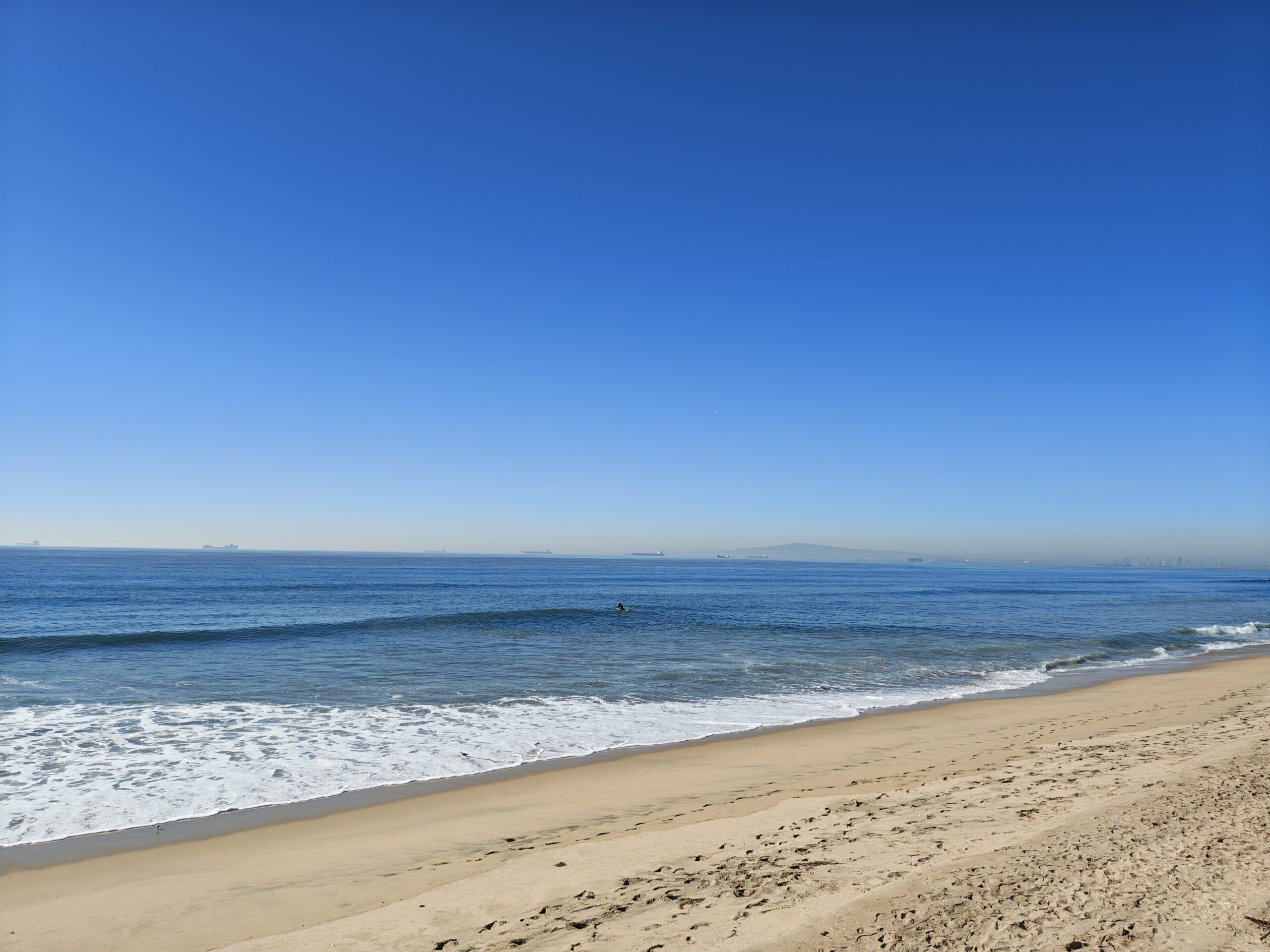Is rebuilding a beach doing more damage?
Is Rebuilding Sand Beaches Worsening Coastal Erosion in the Long Run?
This is a pressing question that demands our attention.
Coastal communities worldwide struggle against erosion, sea-level rise, and ocean waves’ powerful, unpredictable force. To protect shorelines and preserve natural beaches, a common practice is to rebuild sand beaches—a process known as beach nourishment. This involves adding enormous amounts of sand to eroded beaches to restore their width and slope, providing a buffer against high tides, storms, and flooding. However, as beach nourishment projects increase, questions arise about whether this method is sustainable or if it ultimately worsens coastal erosion in the long run.
Why Rebuild Beaches?
The benefits of rebuilding beaches are compelling for communities, property owners, and local economies. Restored beaches offer an essential barrier against storm surges and high waves, protecting valuable real estate, infrastructure, and tourism industries. Additionally, wide, sandy beaches are a key draw for visitors, helping to boost tourism and support local businesses. In some cases, beach nourishment is critical for public safety, as it can prevent the destruction of homes and roads.
However, beach nourishment is not a one-time fix. Due to natural forces, sand on replenished beaches continually shifts, and over time, it washes away. This cycle demands repeated replenishment, making beach nourishment costly and labor-intensive.
How Rebuilding Sand Beaches May Accelerate Erosion
While replenishing sand provides immediate benefits, evidence suggests it may contribute to more significant erosion in the long run due to these interconnected factors:
- Sand Movement and Redistribution
- Coastal waters are dynamic, with currents and waves constantly moving sand from one place to another. New sand may not stay in place when added to a beach. Waves and currents quickly redistribute it, carrying it offshore or down the coast. This natural movement of sand can alter surrounding areas, affecting nearby beaches and sometimes creating erosion hotspots. Over time, larger and more frequent replenishment projects are needed to maintain the original level of sand, leading to a cycle of erosion and nourishment.
- Loss of Natural Sand Sources
- Beach ecosystems historically rely on natural sources of sand, such as rivers and estuaries that deposit sediment along the coast. Development and damming of rivers reduce this natural sand supply. When sand is artificially added to beaches, it doesn’t replenish the coastal system naturally and can disrupt sediment balance. This makes shorelines more dependent on human intervention, and without continual nourishment, beaches erode more quickly than they would if natural sediment processes were still intact.
- Impact on Underwater Habitats
- The process of beach nourishment can disrupt marine habitats in ways that may worsen coastal erosion. Dredging, often required to source sand for beach rebuilding, disturbs underwater ecosystems and can remove sediment from ocean floors that would otherwise provide natural protection against erosion. Additionally, the sand introduced from dredging may not match the local sand in size or composition, causing further displacement of marine life that relies on specific conditions to thrive. These environmental disturbances may affect the resilience of natural underwater barriers that also help prevent erosion.
- Increased Wave Energy and Shoreline Instability
- Beaches naturally erode and reform in response to wave energy. When sand is added to a beach, it temporarily widens the shoreline, but this extra width can also increase the energy of waves that crash onto it. Waves carrying this energy can accelerate the rate at which sand is pulled offshore, which may eventually lead to faster erosion of the restored beach and adjacent areas.
Long-term Environmental and Economic Implications
The economic toll of beach nourishment is significant. According to the National Oceanic and Atmospheric Administration (NOAA), beach nourishment in the U.S. costs hundreds of millions of dollars annually. As sea levels rise, this figure is expected to climb. Local governments and communities often bear these costs, raising questions about the long-term viability of frequent replenishment projects as a sustainable solution.
Environmental impacts are also far-reaching. Rebuilding sand beaches can degrade local habitats for wildlife and weaken the natural resilience of coastal ecosystems, which rely on a balance of sand and sediment flow. Human interventions disrupt these natural systems, making coastlines more vulnerable to future storm events and long-term erosion.
Moving Towards Sustainable Solutions
As climate change continues to drive rising sea levels and intensify coastal storms, experts suggest communities reconsider heavy reliance on beach nourishment. However, there is hope. Alternatives like dune restoration, living shorelines, and policies to limit coastal development are increasingly promoted as more sustainable approaches. These solutions can reduce erosion, protect habitats, and improve biodiversity without frequent replenishment.
While rebuilding beaches offers temporary protection, evidence suggests that it may contribute to more significant erosion in the long run. As we consider the future of coastal conservation, it’s time to shift our perspective. Moving towards sustainable practices that work with natural processes rather than against them may offer the best solution for coastal ecosystems and the communities that depend on them.






